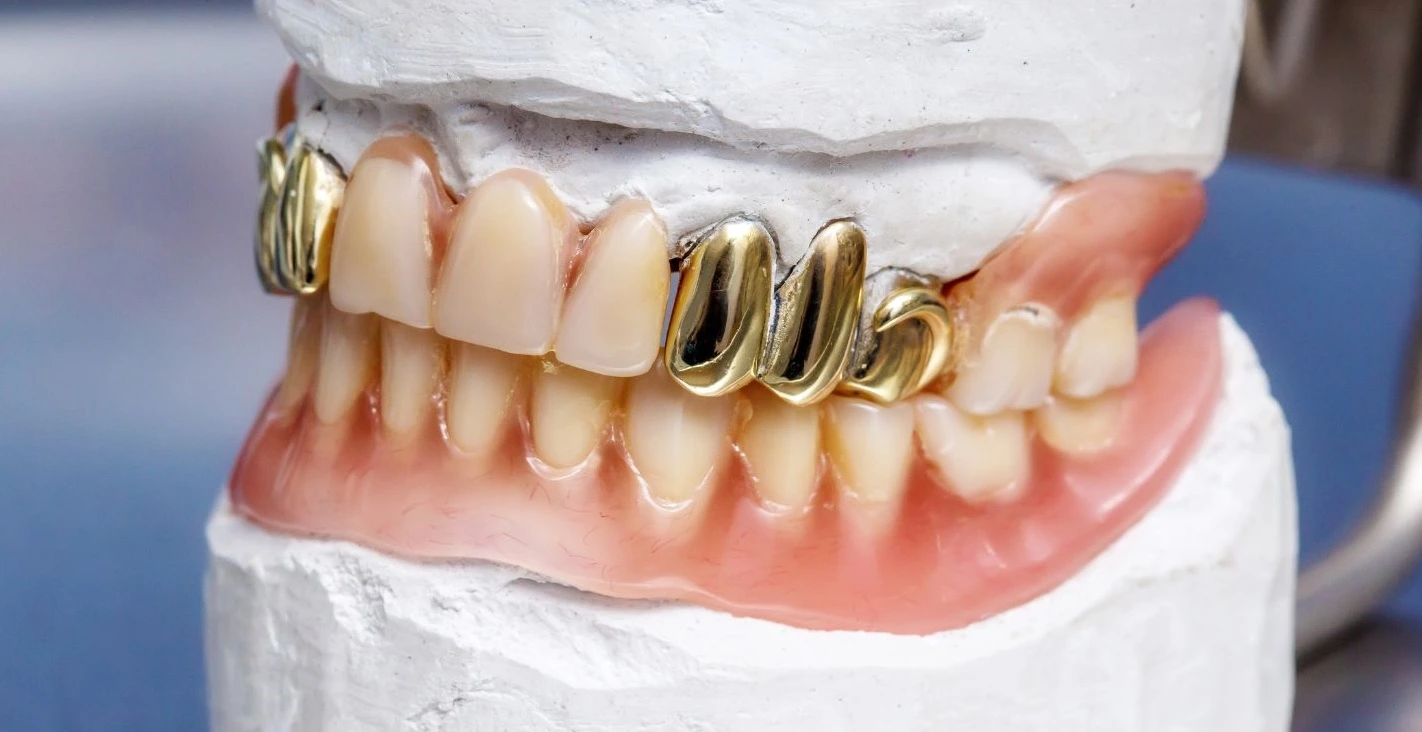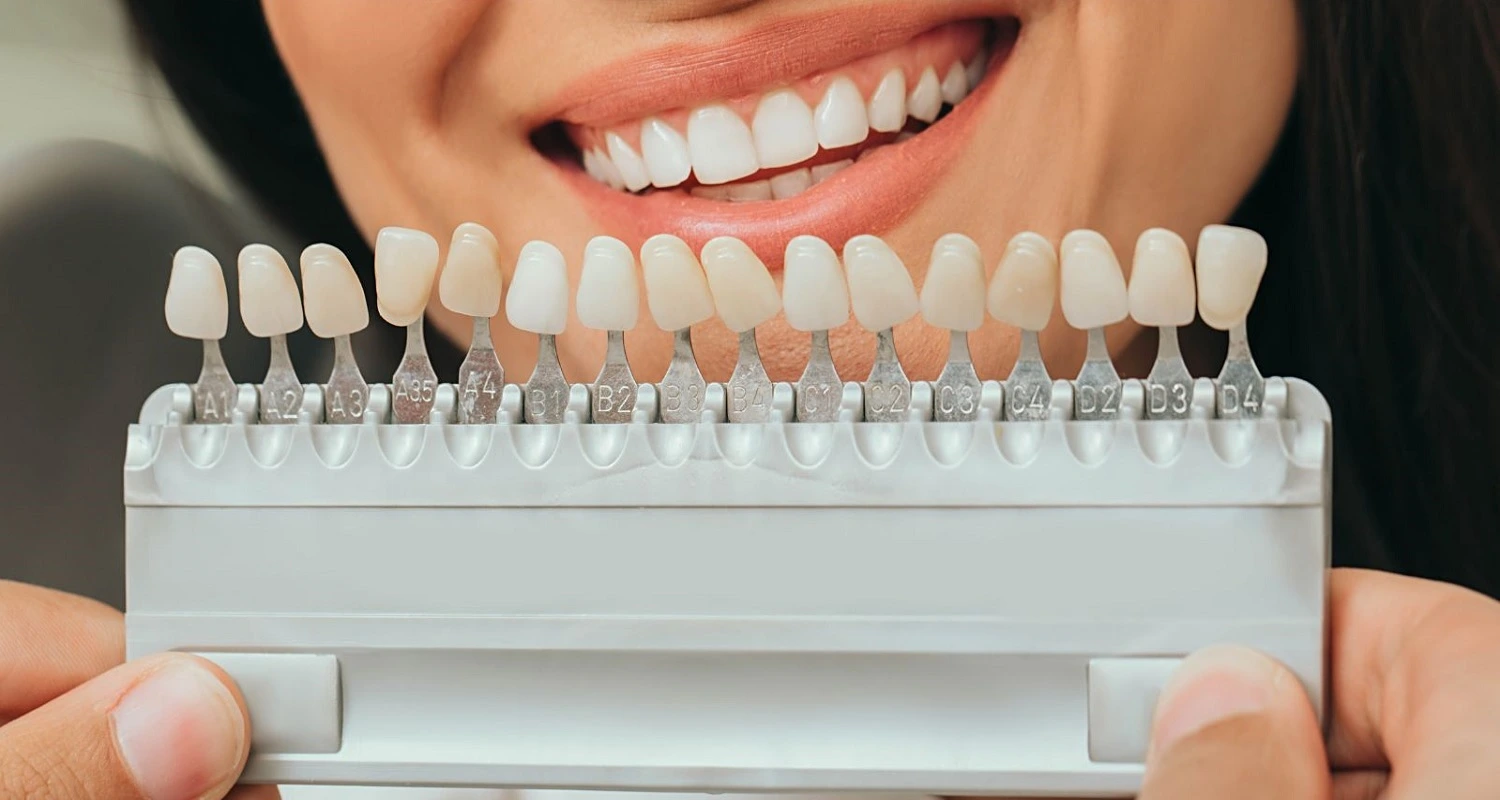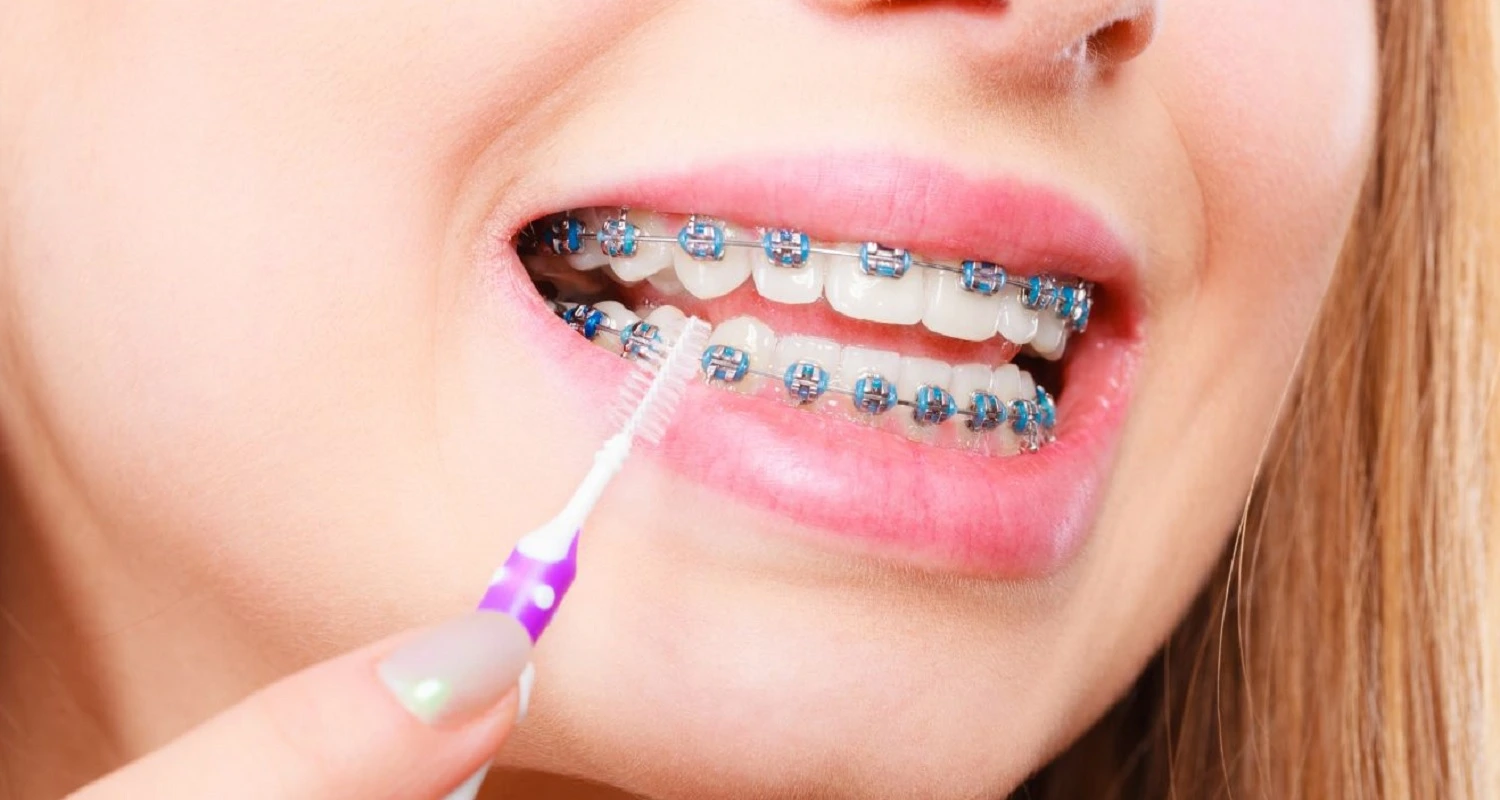Last Updated on: 5th June 2024, 11:58 am
✓ Fact Checked 🕓
❙ Our team of writers, editors, and medical experts rigorously evaluates each article to ensure the information is accurate and exclusively cites reputable sources.
❙ We regularly assess how the content in this article aligns with current scientific literature and expert recommendations in order to provide the most up-to-date research.
Dental grills, also known as grills, fronts, or dental grilles, are accessories that are placed over teeth to highlight and decorate the mouth for a more striking and impactful image.
These adornments, which are typically made of gold, silver, or platinum, have gained popularity since the mid-1980s when hip-hop artists started wearing them in their performances.
Later on, other celebrities in the entertainment industry, such as Miley Cyrus, Beyoncé, Lady Gaga, and Madonna, also added these accessories to their performances, making them a fashion trend.
Although this cultural (and dental) phenomenon appears to be an innovation, it is not. The use of dental jewelry dates back to ancient times as a way to demonstrate power.
Nowadays, some people use dental grills to show off their social status and power since the materials used to make them non-harmful to teeth can be costly. In other words, it’s a circular history, like many others found in human history.
Those who wear grills or dental grills to follow the trend with lower-cost adornments made of other materials or generic ones risk having the trend become uncomfortable.
In what Historical Period were Grills Used?
Research indicates that the use of dental jewelry dates back to 2500 BC. Etruscan and Mayan women used handmade gold grilles to show off their social status and power.
From 1800 BC to 250 AD, the ruling group (the royalty) in Mayan culture adorned their teeth with adornments made of quartz, gold, amethyst, and jade, among other materials.
Dental jewelry was also a trend for Filipinos around 1500.

What Types of Dental Grills are there?
There are basically two options: fixed and removable.
Generally, they are removable, although in some cases, a person may make adjustments to their teeth to wear gold crowns that simulate a permanent grill.
Dental piercings are another option for decorating teeth. These are small gems that are fixed to the surface of the tooth with cement.
It is not necessary to drill the tooth, but the surface of the dental enamel must be prepared to adhere to the decorative adornments. An acid is applied, followed by an adhesive, and finally, a resin that attaches the gem to the tooth.
Another alternative is a dental cap or crown, which covers the tooth and modifies the appearance of the smile as well as its functionality.
It also allows one to simulate sharp fangs or decorate the surface of the teeth with various colored stones. This option requires the dentist to make an impression of the person’s mouth to create a mold that facilitates the design of the cap, which is removable.
If the cap is going to cover the tooth permanently, a small amount of enamel must be removed from the tooth. Then, an impression and mold are made as a guide for making the crown. The final step involves placing the crown or cap on the corresponding tooth.
Although dental grills that are going to be placed on teeth must be specifically tailored to the individual’s teeth, generic dental grills can be found on online selling platforms, which can have negative effects that will be discussed later.
How to Choose the Best Dental Grill?
There are several criteria by which one could choose a dental grill:
1. Objective
For what occasion will this jewel or accessory be used, whether it will be for daily use or for a special moment. For a special occasion, a flashy grill is recommended, while for daily use, it should be lightweight and simple.
2. Permanence
Taking into account the objective, it is possible to define its permanence. Some of these dental grills may be removable, however, when they are fixed, it may require wearing down the surface of the tooth to be able to attach it, which is not very recommendable, given the damage done to a healthy tooth.
3. Size of teeth
Depending on the size of the teeth, the size or type of dental grill should be chosen, as this will help with proper aesthetics.
4. Budget
Depending on the amount of money you want to invest, this could be a limitation since the cost of dental grills can range from a hundred dollars to a million dollars.
5. Personality
According to each person’s style, it is possible to personalize it, making it very extravagant or simple, choosing the metal or precious stones that are most appropriate, according to the style. There are thousands of options to choose from.
6. Indication and adaptation
According to the evaluation performed by the dentist, the possibility of using a grill will be evaluated since, on some occasions, dental diseases do not allow implanting this type of accessory.
This is because the installation of grills requires wearing down the tooth so that when it adapts, it is at the level of the others, putting oral health at risk, and in some cases, there may be a risk of losing the dental piece.

What are the Risks of Using Dental Grills?
Dental grills made of metals other than gold, silver, or platinum are more likely to cause irritation or allergic reactions. This is the case with grills purchased on digital platforms.
Some of the effects that the use of these accessories may generate are:
• Chipping and cracks in teeth due to the pressure exerted by the dental jewel.
• Cavities due to the accumulation of bacterial plaque by not allowing good oral hygiene.
• Wearing down teeth due to friction with the dental grills.
• Headaches or pain when opening and closing the mouth.
• Gingivitis, a consequence of poor oral hygiene.
• Inflammation of the gums due to the pressure exerted by the jewel.
• Sores and ulcerations due to the rubbing of the accessory with the tissues of the mouth.
• Bad breath, a product of the accumulation of tartar and bacterial plaque.
• Bite problems because the frequent use of dental grills misaligned teeth and modifies the bite.
• Allergic reactions to the material of the accessory. Generally, it occurs with alloys that have nickel.
• Gingival recession, caused by contact between the dental jewel and the gum that generates the recession of the latter, leaving part of the root of the teeth exposed.
• Tension in the muscles of the jaw and the temporomandibular joint.
Irritation of the tissues surrounding the jewel and enamel wear on the opposing teeth may also occur.
Another risk situation that can be encountered is going to unhealthy practices or to people without experience in this type of intervention.
What Care do Dental Grills Need?
Some recommendations for the care of dental jewels are:
1. Special care must be taken with brushing and flossing.
2. Dental accessories should be cleaned daily to remove bacteria and food debris, which is why they are often removable. Food residues can become lodged between the teeth and the jewel, facilitating the production of acids that generate bad breath, cavities, and affect the gum tissue.
3. Do not use traditional jewelry cleaning products as they may contain substances that are not suitable for health.
4. Brush the grill or grate because they are also a deposit of bacterial plaque.
5. Store the dental jewel in a suitable place with proper asepsis to prevent infections in the mouth.
6. Limit the amount of time the grill or grate is used and remove it before eating. It is recommended to use these adornments for brief periods of time.
7. The use of mouthwashes helps clean areas where the brush and dental floss cannot reach.

Recommendations for the Use of Dental Grills or Grates
If you want to acquire a dental jewel, it is recommended to consider:
• Using an adornment made to measure to facilitate a better fit on the teeth and thus reduce the probability of adverse effects. Today it is possible to achieve this design through computer-assisted processes (CAD/CAM).
• Choosing a dental jewel that offers the best adaptation and fit with the dental structure.
• Ensuring that the attachment is made of materials that are not harmful to health.
• Avoid purchasing generic dental grills or grates that do not facilitate good adaptation with the teeth, affecting oral health.
The first step is to consult with a dental specialist in dental aesthetics regarding this type of adornment and receive reliable and pertinent guidance.
In addition, wearing a dental jewel requires that there are no health issues. These adornments must be placed by a dental specialist who uses a dental mold as a guide.
If you want to have a dental image that keeps up with fashion, that impacts and makes a difference, it must be done with the proper precautions to avoid health complications and to prevent fashion from causing discomfort.
Share:
References
1. Brenner Juan (Septiembre 15 de 2021) Los grills son una tradición histórica del Altiplano guatemalteco – https://www.vice.com/es/article/g5gnnm/grills-una-tradicion-historica-altiplano-guatemalteco
2. California Dental Association (s.f) Grills – https://www.cda.org/wp-content/uploads/grills_english.pdf
3. Delta Dental of California (2019) Historia de la salud bucal: Decoraciones para dienes / Revista Grin – https://grin.deltadentalins.com/es/archive/2019/spring/history-of-tooth-embellishments/
4. Mouthhealthy / ADA (s.f) Grills – https://www.mouthhealthy.org/all-topics-a-z/grills
5. The Journal of the American Dental Association (Agosto de 2006) Grills, ‘grillz’ and fronts – https://jada.ada.org/action/showPdf?pii=S0002-8177%2814%2964965-5














